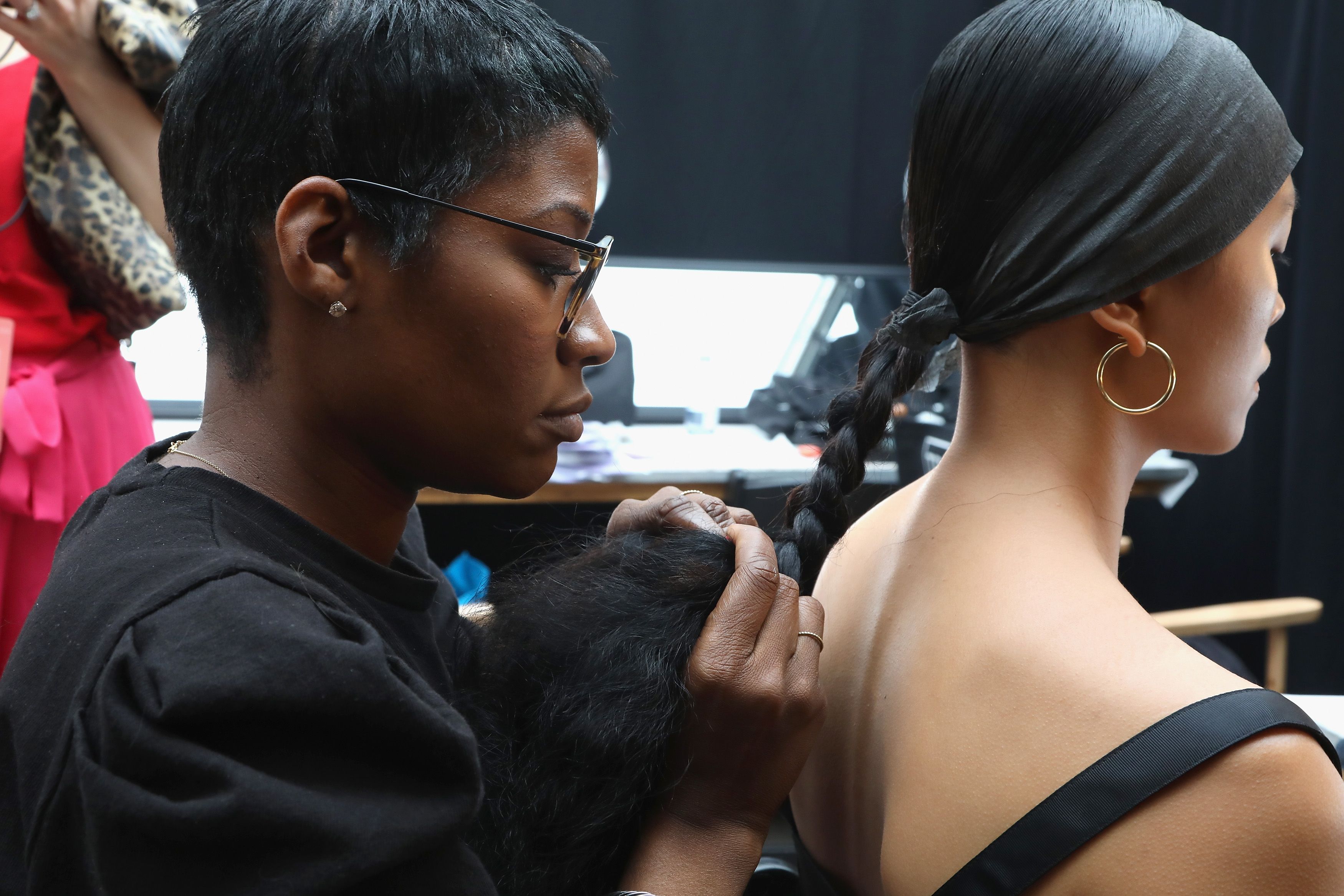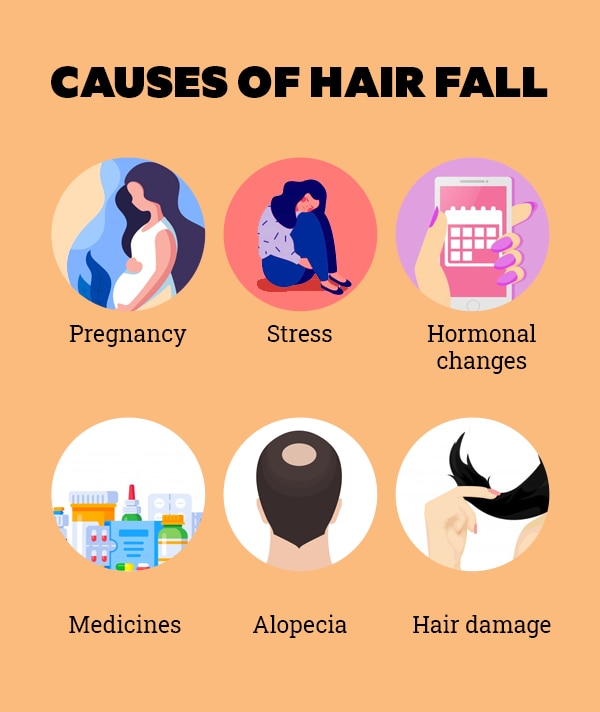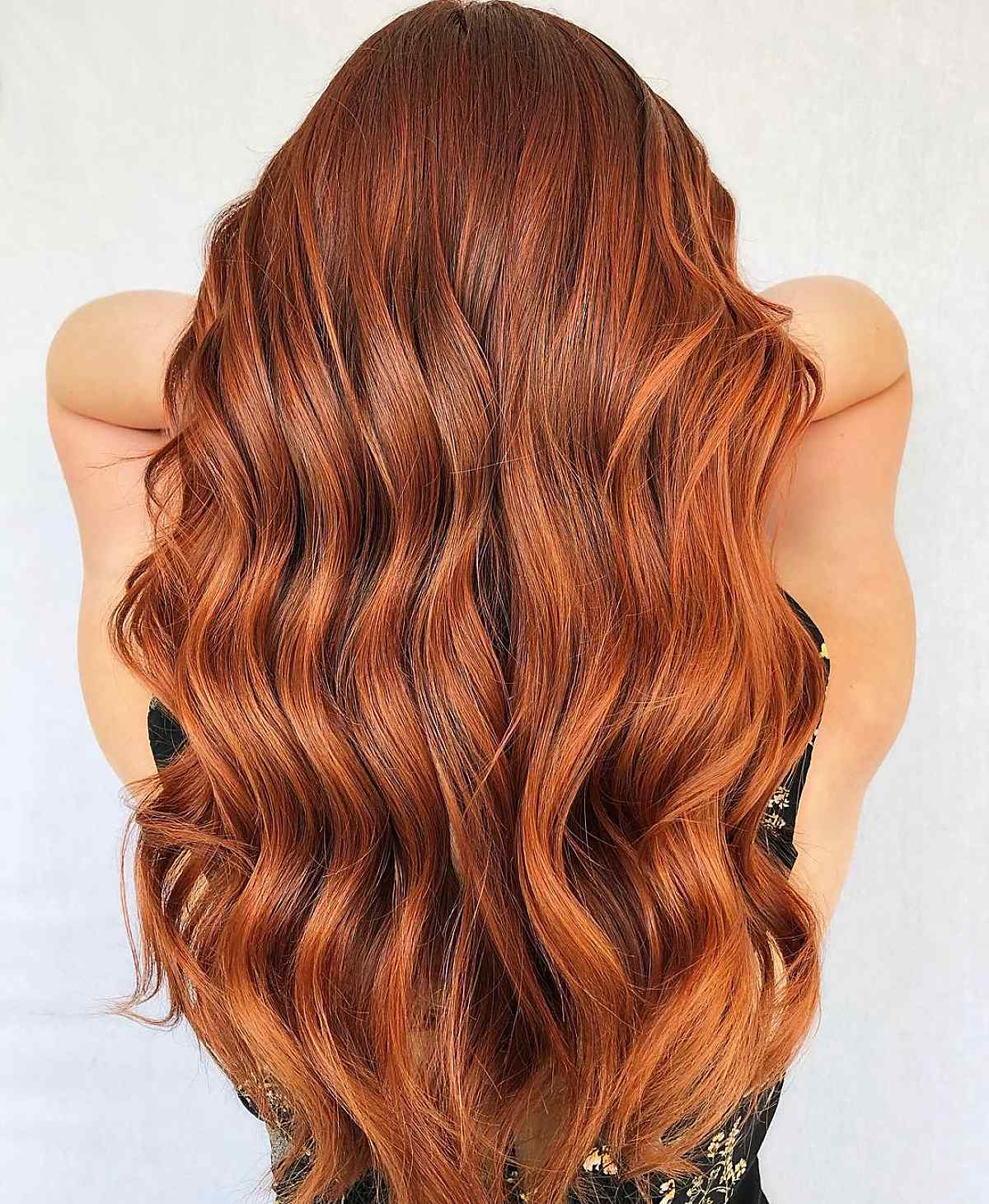Table Of Content

Losing around 50–100 hairs daily through combing, brushing, washing, and styling is normal. When excessive hair shedding occurs, it's known as telogen effluvium. Someone with telogen effluvium can lose 300–500 hairs daily. There are around 100,000 follicles sprouting hair on the average scalp, and it’s common to lose up to 100 strands a day. Once an individual hair has shed, the follicle prepares for regrowth and the whole cycle starts again.
Conditions
Alopecia occurs when the immune system attacks the hair follicles, resulting in the hair falling out. Men tend to notice a receding hairline and patches of hair loss on the top of the head. However, the cycle can be disrupted by the likes of aging and hormonal changes, such as menopause. As you age, some follicles no longer grow new hair, leading to a thinner look or bald patches. Wherever it happens, excessive hair loss can be a troubling thing to deal with.
Causes of hair loss in women
Not getting enough iron, protein or vitamin B12 in your diet can also cause your hair to thin. If this happens to you, talk to your doctor about supplements. Yes, hair tends to regrow when you are no longer exposed to the poison. Many of these nongenetic causes for hair loss can be successfully treated, and the hair loss averted and even reversed. Lupus is an autoimmune disease that can cause hair loss.
Traction alopecia
This affects about 30 million people in the United States. Androgenetic alopecia is a prevalent type of hair loss that affects 50 million men and 30 million women in the United States. The risk of getting androgenetic alopecia increases with age, but for some people, their hair loss will start as early as their teens. Even though the exact cause of androgenetic alopecia is unknown, genetics and environmental factors may contribute. Alopecia is an autoimmune skin disease where the body’s immune system attacks hair follicles. Because hair follicles hold the hair in place, when they’re compromised, hair falls out.
Eventually, new hair no longer grows in those areas, leading to the appearance of sparse or thinning hair. Ironically, you may simultaneously develop more hair on other areas of the body, such as the face or chin. This is because the receptors that bind to androgens are different in distinctive areas of the body. But hair loss is quite common in females, affecting more than 50% of women at some point in their lives and approximately 80% of women by age 80. The most significant cause of hair loss in women is female pattern hair loss, or androgenetic alopecia, which affects about 30 million women in the U.S.

In men, this condition is also known as male pattern baldness. Hair is lost in a well-defined pattern, beginning above the temples. Over time, the hairline recedes to form a characteristic "M" shape.
People can develop hair loss where boots, socks, or tight clothing frequently rubs against their skin. Yes, treating the thyroid disease can reverse the hair loss. A few months after giving birth, recovering from an illness, or having an operation, you may notice a lot more hairs in your brush or on your pillow. This can also happen after a stressful time in your life, such as a divorce or death of a loved one. In women, the first noticeable sign of hereditary hair loss is usually overall thinning or a widening part.
The 10 Best Shampoos for Thinning Hair of 2024, Tested by Real People - PEOPLE
The 10 Best Shampoos for Thinning Hair of 2024, Tested by Real People.
Posted: Wed, 17 Apr 2024 07:00:00 GMT [source]
Singer Paloma Faith, 42, is the latest celebrity to open up about female hair loss, revealing that her condition is caused primarily by stress. The London born songwriter and actress joins a long list of women, including Ashley Graham and Jada Pinkett-Smith, who have spoken candidly about their hair loss journey. Skin conditions, infections, parasites like lice, and other factors can cause scalp pruritus (itchiness). Some conditions can cause an itchy scalp and hair loss, such as tinea capitis (scalp ringworm). Too much scratching of an itchy scalp can also cause damage leading to hair loss.
How to Minimize or Stop Scalp Itching and Shedding
Telogen effluvium is common, seen more frequently in women, and usually happens two to three months after a triggering event. It typically doesn't last more than six months, but if it does, it's considered chronic. If your symptoms are bothering you, your primary healthcare provider, a board-certified dermatologist, or in some cases, a pharmacist may be able to help. Lauren Sharkey is a U.K.-based journalist and author specializing in women’s issues. When she isn’t trying to discover a way to banish migraines, she can be found uncovering the answers to your lurking health questions. She has also written a book profiling young female activists across the globe and is currently building a community of such resisters.
If you think you may have a medical emergency, immediately call your physician or dial 911. If you’re experiencing hair loss and your hair keeps falling out, it may be for one of the following reasons. But consult your doctor before you start to worry; thinning hair is often reversible, Dr. Simpson says. Advanced treatments are available for more serious hair loss. Poisons that can cause hair loss include arsenic, thallium, mercury, and lithium.
However, you may need to work with your healthcare provider to find and treat any underlying conditions that are causing your hair to fall out. Some types of hair loss are permanent, like male and female pattern baldness. Baldness can affect both men and women, though male-pattern baldness is more common than female-pattern baldness. Male-pattern baldness is typically inherited and can start at any age. Some men may only get a receding hairline while others may lose all of their hair. Female-pattern baldness usually begins with thinning at the part and then thins all over the rest of the head.
Understanding the underlying cause of your hair loss is absolutely necessary in determining the best approach to halt and reverse any further damage to your hair and scalp. Hair transplant surgery takes small pieces of the scalp with hair follicles on them and moves them to areas of baldness. A doctor or dermatologist will perform the surgery, and the patient is typically under local anesthesia. Many women experience a lot of hair shedding after they had a baby, usually caused by falling estrogen levels after delivery. Shedding usually peaks at four months postpartum and most women regain their normal hair fullness by one year.
Severe cases can even lead to cicatricial or frontal fibrosing alopecia due to tight hairstyles, causing inflammation, irritation, and itching. In this case, inflammation can scar the area and permanently damage hair follicles, preventing future growth.’ He adds. Although reducing your stress levels might seem insurmountable, making sure you’re eating the right things will go a long way to setting a good foundation for optimum hair growth. A healthy balanced diet is also important in stress reduction too as it can support a healthy immune system, repair damaged cells and even reduce elevated cortisol levels. Some studies suggest that telogen effluvium can also be connected to low levels of iron, so include iron-rich foods like leafy vegetables, lentils and liver where you can.
Some types, like cicatricial alopecia, are permanent, while others that may be caused by stress or a medical condition are temporary. Once the cause has been identified and eliminated, your hair should start growing back. “Any inflammation on the scalp will affect the hair growth cycle,” says Dr. Bergfeld. Avoid harsh hair treatments like heating tools, hair dye and bleaching. Hairstyles like tight ponytails or braids can affect your hair as well.














